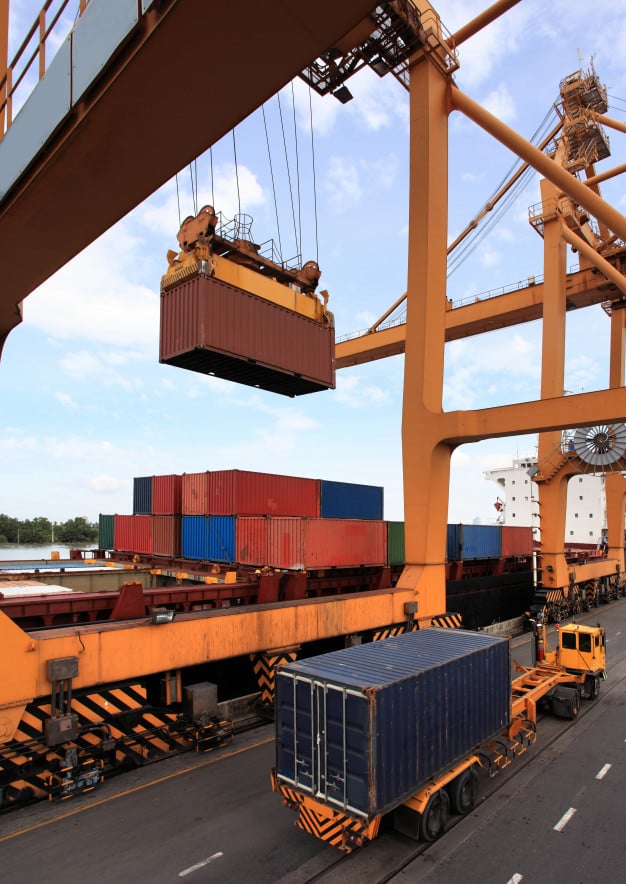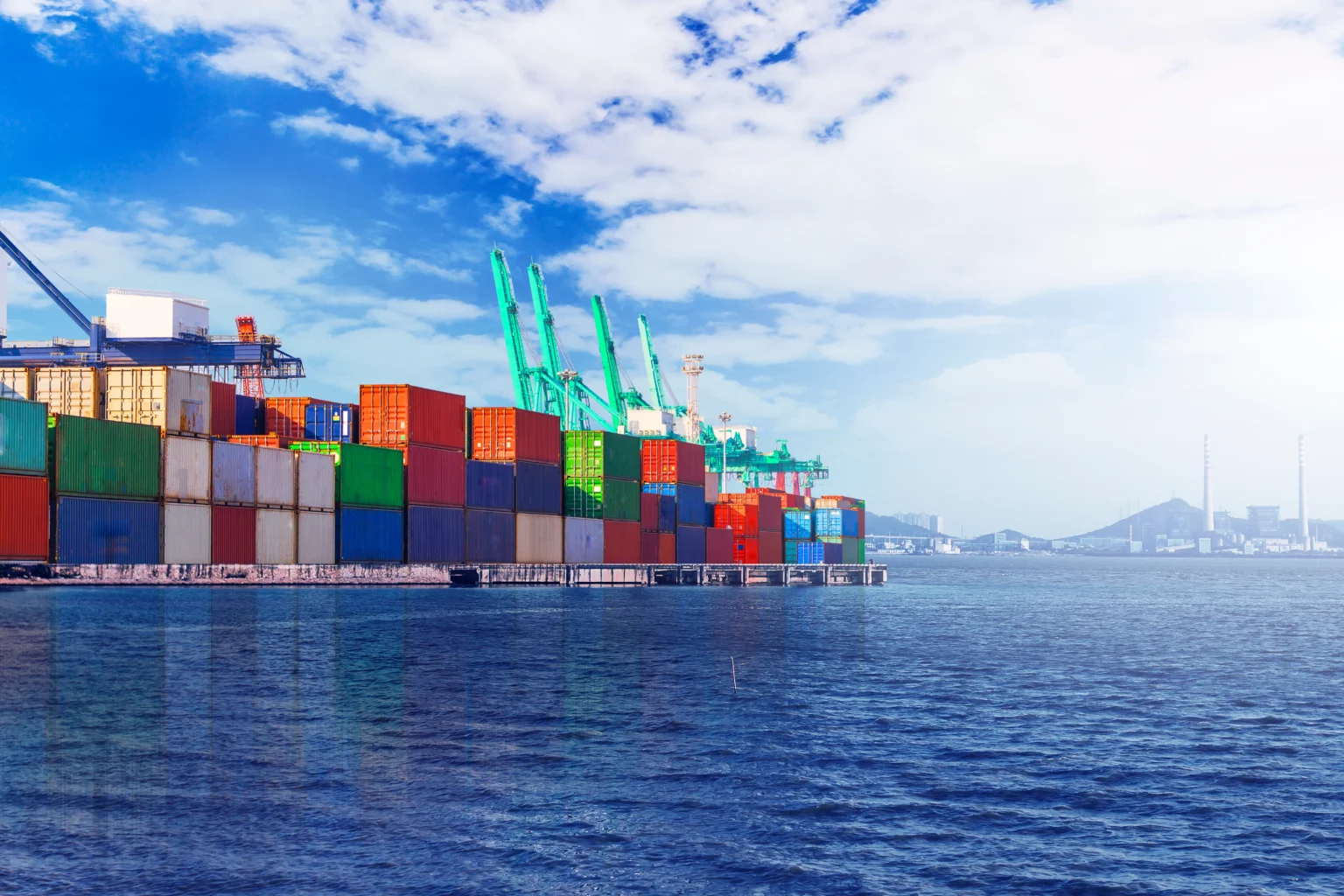The term drayage is used to describe an important logistics service. This process moves shipping goods from the port a short distance via ground transportation to a warehouse or housing location; however, port drayage is a little more complicated than that, so what is port drayage?
What is Port Drayage?
The term “dray” dates back many centuries. It originally described a low wagon or cart without sides. During the 1700s and 1800s, merchants often relied upon this type of horse-drawn vehicle to carry barrels and other merchandise from one place to another.
Today, trucks use strong metal frameworks to perform that same function. The chassis of a truck supports the components used to transport freight. Drayage services describe the hauling of standardized metal shipping containers between ports and warehouses for conveyance onto ships, trucks, or rail cars. Freight shippers pack a wide variety of goods into these freight containers.
Why Port Drayage Services Matter
The availability of dependable port drayage services plays a significant role in the operation of modern supply chains. This intermediary process proves essential in transferring shipping containers (and cargo) between temporary storage facilities and distribution systems. A lack of sufficient drayage resources might result in increased shipping costs or the loss of perishable merchandise in transit.
One distinct advantage offered by PortCity relates to the provision of experienced drayage services. As a third party logistics company, we furnish a variety of essential freight transportation resources to assist our clients. Our facilities in Savannah include 2 million plus square feet of warehousing space divided between nine facilities. Our customers obtain seamless drayage, enabling them to ship goods rapidly from one point to another.

Some Different Drayage Settings
Sometimes shipping companies refer to specific forms of drayage services. These expressions refer to a wide array of possible applications for this type of useful transport assistance. Consider just a few of these specialized terms:
Expedited Drayage: This expression refers to the implementation of drayage services within highly time sensitive parameters. It may apply when a shipper sends perishable cargo through the chain of commerce. Some illustrations would involve the shipment of cut flowers or tissue cultures from one point to another.
Pier Drayage: Shippers sometimes employ this term to describe drayage services involving the transportation of cargo to (or from) a dock.
Intermodal Drayage: A term describing drayage services involved in the transmission of shipping containers between different modes of transportation, such as railroad terminals and maritime vessels.
The Vital Importance of Standardization in International Shipping
Drayage currently highlights the importance of using shipping containers meeting standardized dimensional specifications, in fact. A shipping container typically utilizes twenty foot standardized equivalent container units (denoted as a “TEU”). Some news media reports suggest bottlenecks readily develop when variably sized goods won’t permit smooth transfers between different transportation terminals.
Backlogs loading or unloading merchandise at critical points may ultimately slow down the movement of materials through a supply chain. This type of delay disrupts the smooth flow of goods. It poses a logistical problem.
Contact PortCity
When your business needs to optimize its shipping process, PortCity is the perfect partner. Our experienced staff has created numerous solutions that will change the way your business sends your products. Your products, materials, or goods will get to your business or on shelves faster than ever before. If your supply chain needs optimization, contact PortCity and learn what we can do for you.
